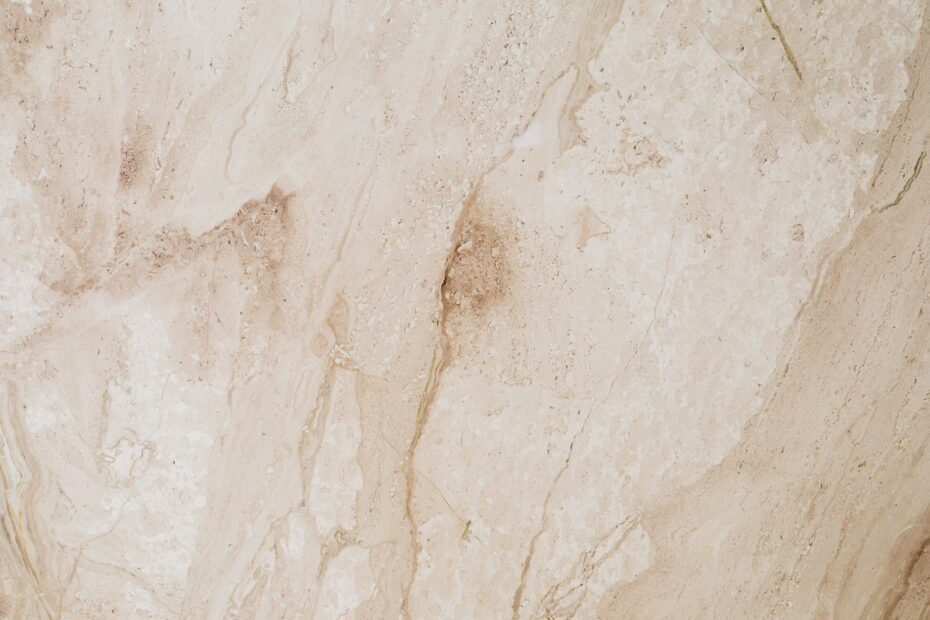Are you tired of dealing with underarm chafing? Say goodbye to this uncomfortable condition and discover expert tips from a dermatologist to keep your armpits smooth and pain-free. Underarm chafing occurs when friction and irritation cause the skin in the armpit area to become sore, red, and even develop painful blisters. But don’t worry, there are effective strategies to prevent underarm chafing and maintain healthy skin.
First and foremost, proper hygiene practices are crucial. Make sure to keep the underarm area clean and dry, especially after sweating or physical activity. Consider using a gentle cleanser and patting the area dry with a soft towel. Additionally, choose breathable and moisture-wicking fabrics for your clothing to reduce friction. Avoid tight or rough materials that can exacerbate chafing.
Another essential step is to establish a skincare routine that includes moisturizing the armpit area. Look for products with soothing ingredients like aloe vera or chamomile, which can help alleviate any irritation. Remember to apply these moisturizers regularly, especially after showering or shaving. By following these expert tips, you can bid farewell to underarm chafing and enjoy smooth, pain-free armpits.
Understanding Underarm Chafing
Understanding Underarm Chafing
Underarm chafing is a common and uncomfortable condition that occurs when the skin in the armpit area becomes irritated and inflamed due to friction. It is often caused by repetitive rubbing of the skin against clothing, especially in hot and humid weather or during physical activities.
There are several factors that can contribute to underarm chafing. One of the main causes is wearing tight or ill-fitting clothing that doesn’t allow proper ventilation and causes excessive sweating. Friction from repetitive arm movements, such as running or exercising, can also lead to chafing. Additionally, certain skincare products or ingredients, such as harsh deodorants or antiperspirants, can irritate the delicate underarm skin and trigger chafing.
The symptoms of underarm chafing can vary from mild to severe. Common signs include redness, itching, burning sensation, and the formation of small blisters or sores. In some cases, the skin may become cracked and painful, making everyday activities like raising your arms or putting on clothes a painful experience.
To prevent underarm chafing, it is important to wear loose-fitting clothing made from breathable fabrics, such as cotton or moisture-wicking materials. Applying a thin layer of talcum powder or a lubricating product, like petroleum jelly, can help reduce friction and protect the skin. Keeping the armpits clean and dry, especially after exercising or sweating, is also crucial in preventing chafing.
In conclusion, understanding underarm chafing and its causes is essential in finding effective ways to prevent and manage this uncomfortable condition. By following proper hygiene practices, choosing suitable clothing, and taking care of your skin, you can say goodbye to underarm chafing and enjoy smooth, pain-free armpits!
Preventing Underarm Chafing
Preventing underarm chafing is crucial for maintaining smooth and pain-free armpits. By implementing effective strategies and preventive measures, you can avoid the discomfort and irritation associated with this condition. Here are some expert tips to help you prevent underarm chafing:
- Proper hygiene practices: Keep your underarms clean and dry to minimize friction. Regularly wash and dry your armpits, especially after physical activity or sweating.
- Clothing choices: Opt for loose-fitting and breathable clothes that allow air circulation. Avoid tight-fitting or rough fabrics that can cause friction and irritation.
- Skincare routines: Use a gentle and moisturizing soap or cleanser to cleanse your underarms. Apply a hypoallergenic and non-irritating moisturizer to keep the skin hydrated and prevent dryness.
Additionally, you can consider using anti-chafing products such as powders or creams that create a protective barrier between the skin and clothing. These products can help reduce friction and prevent chafing. Remember to listen to your body and take breaks when engaging in activities that may cause excessive sweating or friction. By following these preventive measures, you can say goodbye to underarm chafing and enjoy smooth, pain-free armpits.
Frequently Asked Questions
- What is underarm chafing?
Underarm chafing refers to the irritation and discomfort caused by friction between the skin of the underarms. It often occurs due to repetitive rubbing of the skin against clothing or other surfaces, leading to redness, soreness, and even skin breakdown.
- What are the common causes of underarm chafing?
Underarm chafing can be caused by various factors such as wearing tight or rough-textured clothing, excessive sweating, lack of proper hygiene, and repetitive arm movements. It is more common in hot and humid climates or during activities that involve vigorous arm motions.
- How can I prevent underarm chafing?
To prevent underarm chafing, it is important to keep the underarm area clean and dry. Opt for loose-fitting, breathable clothing made from soft fabrics. Applying a thin layer of petroleum jelly or a specialized anti-chafing product can also reduce friction. Regularly moisturizing the skin and avoiding harsh soaps can help maintain the skin’s natural barrier.
- Are there any specific skincare routines to prevent underarm chafing?
Yes, maintaining a proper skincare routine can help prevent underarm chafing. This includes gently exfoliating the underarm area to remove dead skin cells, using a mild cleanser to keep the area clean, and applying a moisturizer to keep the skin hydrated and supple.
- When should I seek medical advice for underarm chafing?
If the underarm chafing persists despite preventive measures or if it becomes severely painful, swollen, or infected, it is advisable to seek medical advice. A dermatologist can provide appropriate treatment options and further guidance.


Keith is originally from Truckton, Colorado. The 54-year-old cared for his overweight wife for many years. Keitch is also a freelance editor at antichafing.net and supports the team as a competent advisor. In his spare time Keith enjoys reading books, visiting his homeland and is a passionate product tester for well-known manufacturers.

